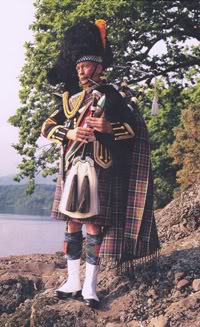
My husband is Italian (from Sicily), and we watch Italian television (RAI) daily. At Christmas time, there was a Nativity Pageant produced on RAI, and the shepherds in the background were playing bagpipes. My grandchildren were amazed, so I thought other people might be surprised also.
When Bagpipes pipe their mournful sounds, most people (Americans, at any rate) associate the instrument with the Highlands of Scotland, but in fact the bagpipes were introduced into Scotland by the Romans.
What are Bagpipes?
Bagpipes are musical instruments classified as aerophones. They are reed instruments that utilize an air reservoir. The reservoir allows an uninterrupted stream of air to be directed through the reeds.
An early version of the bagpipes was constructed using animal skin. The hollow leg bones of small animals were attached to the instrument with holes drilled into them. These holes gave the player the ability to play various pitches and tones.
Ancient Origins
While there several theories about the first bagpipes, many scholars believe they originated somewhere in the in the Middle East before the time of Christ -- Mesopotamia, Sumaria, or perhaps even India or Persia – in the form of a crude instrument comprised of reeds stuck into a goatskin bag.
Various forms of bagpipes appear in ancient records in many parts of the western world including a textual reference from 425 BC, in the play The Acharnians by the Greek playwright Aristophanes. Also, one website indicates a style of bagpipe is mentioned in the Old Testament of the Bible.
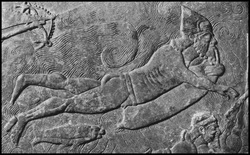
The Oxford History of Music claims that a sculpture of bagpipes has been found on a Hittite slab at Eyuk in the Middle East, dated to 1000 B.C.
While there is strong evidence that the Romans and Greek had early versions of bagpipes, the exact form isn’t well documented. The instruments themselves were made entirely or almost entirely of organic materials (wood and skins) and not durable in the long-term. They tended to be instruments of the "common" people, were used, probably somewhat roughly without concern, outdoors. Being an instrument of the common people, bagpipes didn’t get much “Press” since no one wrote about the peasants.
Two exceptions to this are writings from the Dio Chrysostom in the 1st century A.D., describing the Roman sovereign as playing the tibia (the pipes) with his mouth as well as with his “armpit.” In the 2nd Century A.D., Suetonius wrote that the Roman Emperor Nero was a talented bagpipe (or Tibia Utricularius) player. Whether or not he was really talented, or only described that way by some scribe who wished to continue to live, is speculation. But it does mean that the instrument was somewhat familiar to these writers.
Regardless, the Romans are credited by most for bringing the bagpipes to Scotland and other parts of the world they conquered.
It is speculated that bagpipes were used by shepherds in ancient times. The early Romans used them as outdoor instruments during the building of roads or the gathering of harvests, and the pipers would march through town to announce the beginning of a workday. They also used the bagpipes during religious ceremonies for the sacrifice of the gods or at chariot races and funerals.
Early Roman soldiers and later Scottish soldiers used the bagpipe as an instrument of war. The resonating sound of the pipes could be heard up to 10 miles away. In 1745, when the British defeated the Scottish at the Battle of Culloden, the use of bagpipes was outlawed. The ban was later lifted in the 1800s.
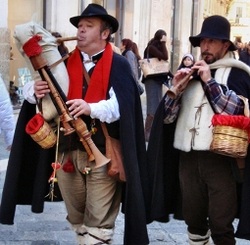
In Italy, the tradition of bagpipes goes back to ancient Roman times. Legend says that the shepherds entertained the Virgin Mary in Bethlehem. Today, the zampognari perform their own private pilgrimage, stopping before every shrine to the Madonna and every Nativity scene. Take a listen: Click for Christmas Bagpipes.
Resources
http://www.mid-east.com/info/bagpipe.html
http://answers.yahoo.com/question/index?qid=20090516234156AAvtLkQ
http://www.hotpipes.com/history2.html
http://www.bcfpb.com/id11.html
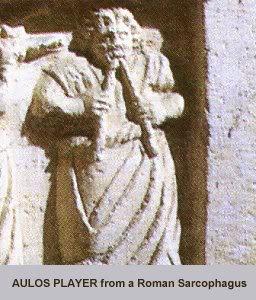
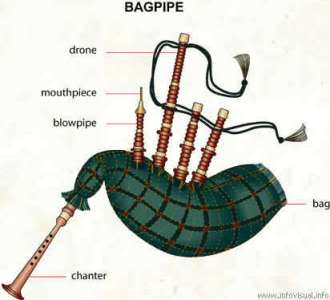
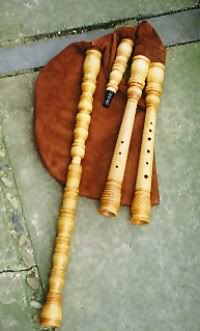
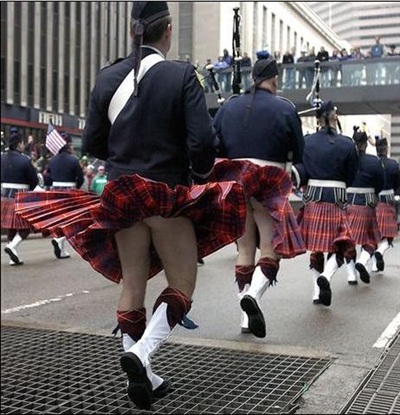

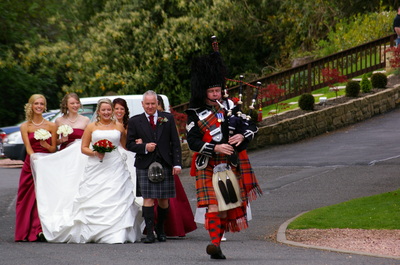
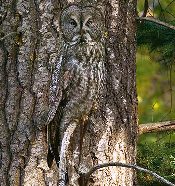


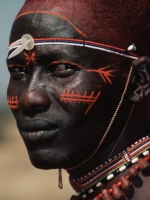
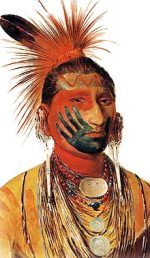
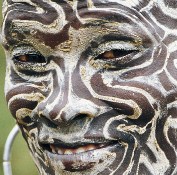

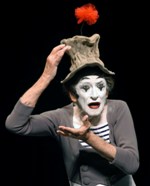




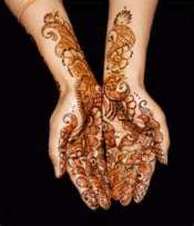




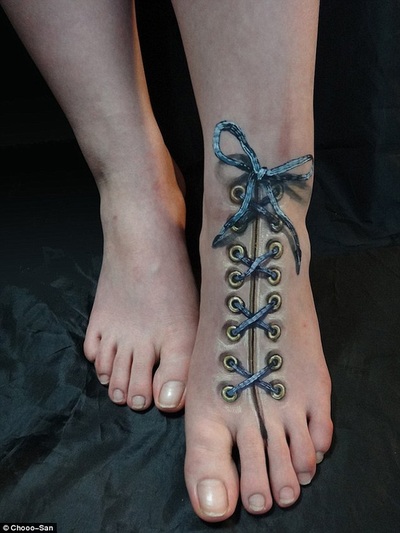


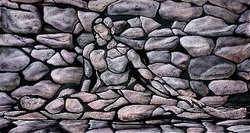
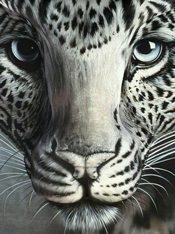
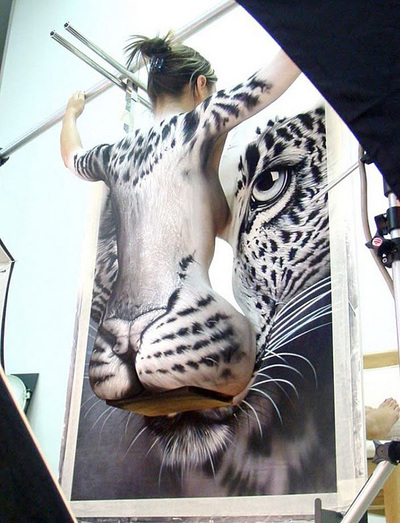
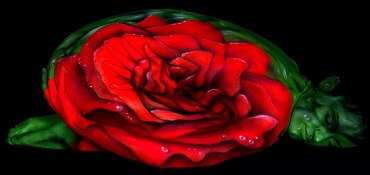
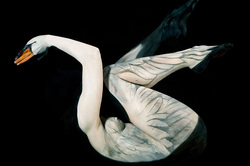
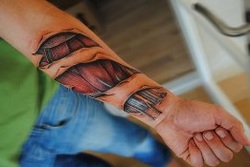
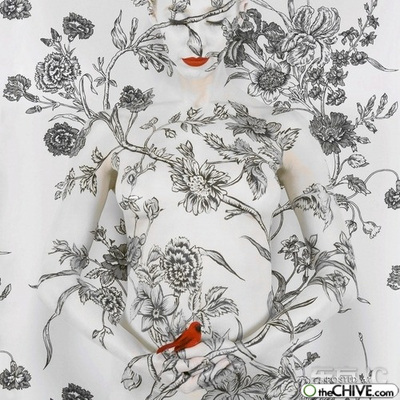
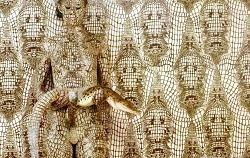
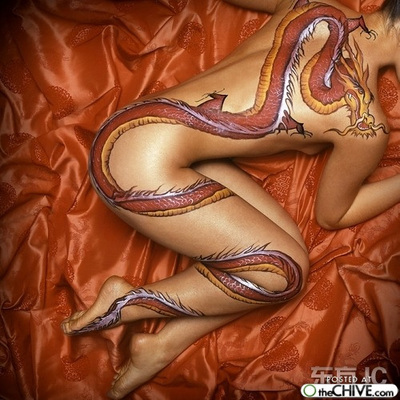
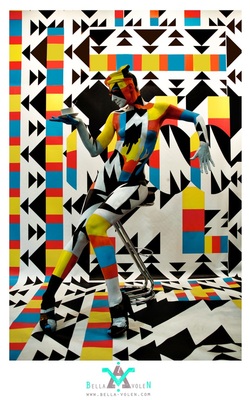
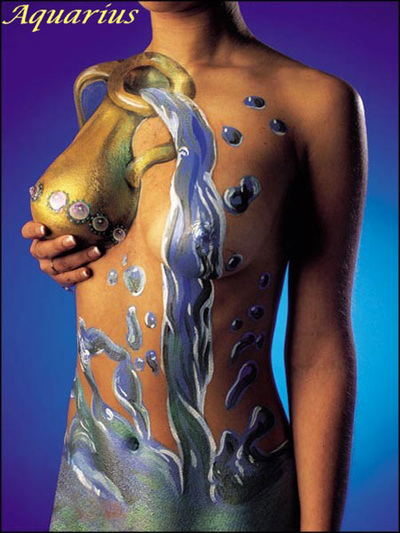
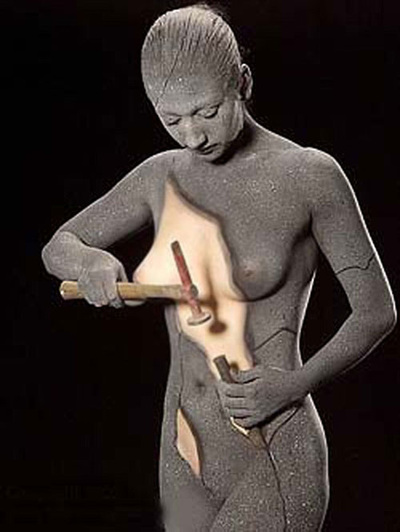
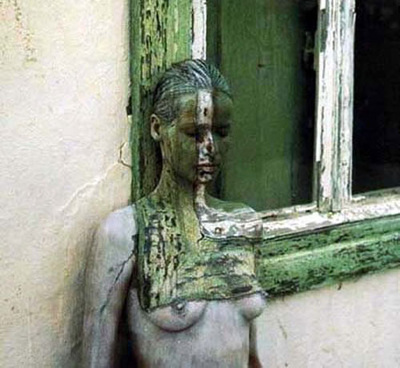
 RSS Feed
RSS Feed